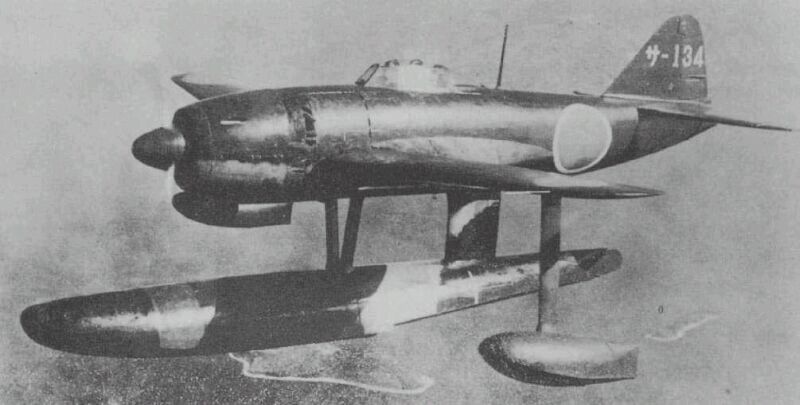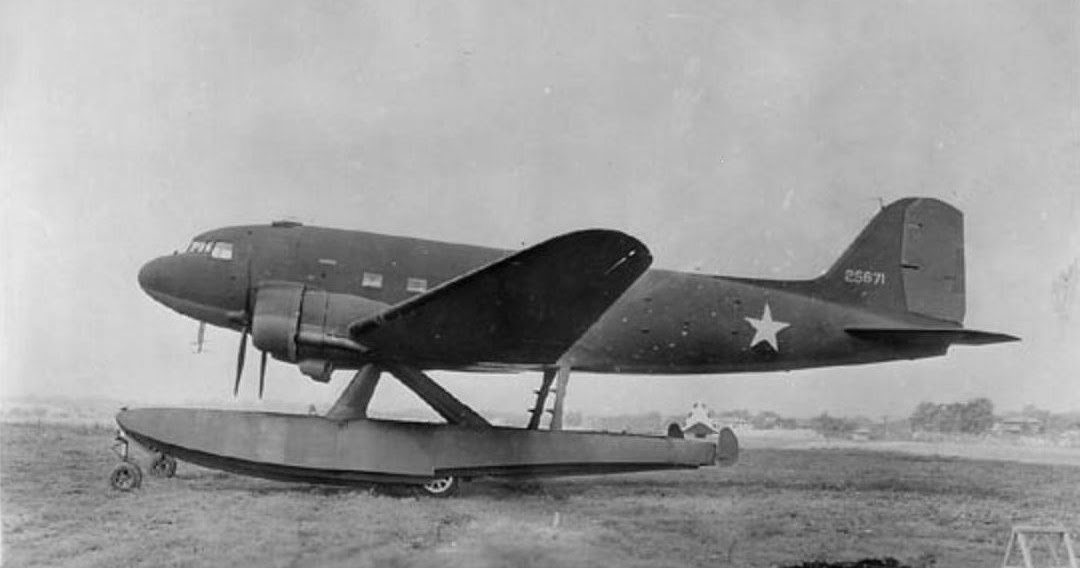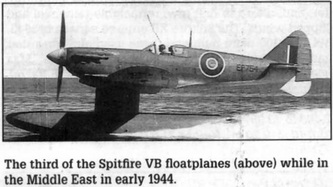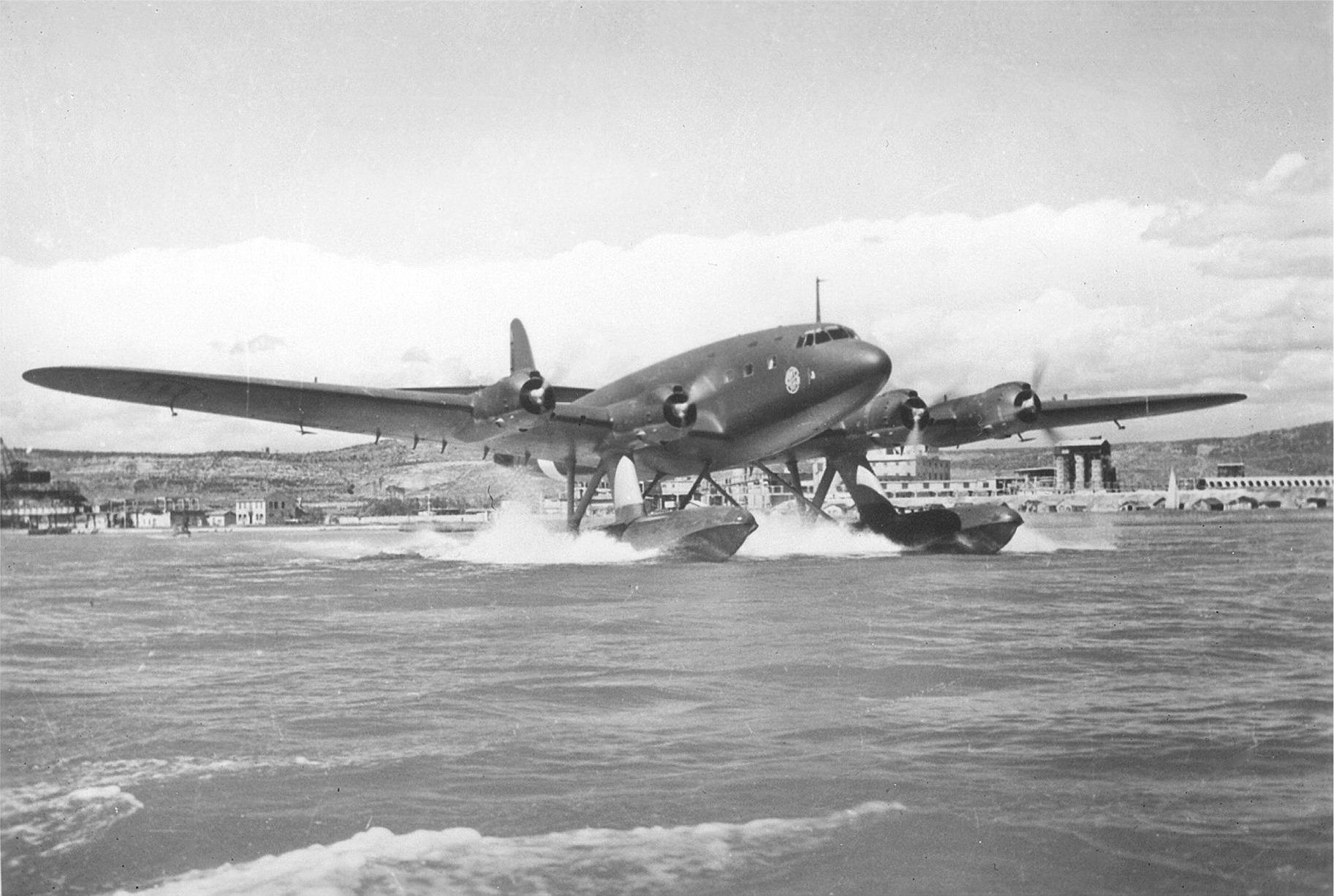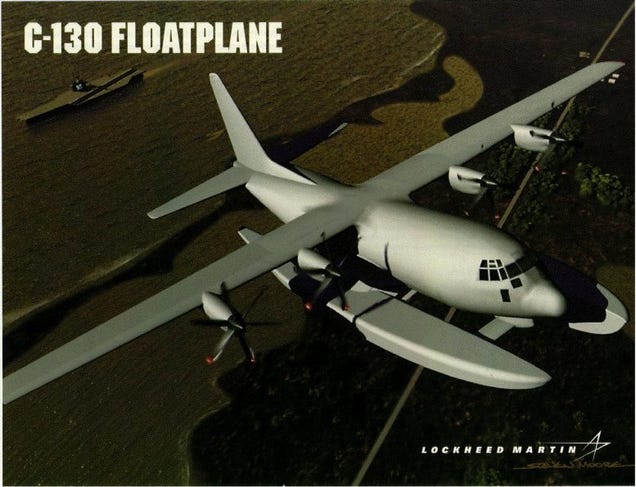MatthewB
Banned
I've always thought that Spitfire Floatplane did it all wrong. A central float would have allowed for more speed, and catapult use.http://www.wardrawings.be/WW2/Files...ine-Spitfire/Supermarine-FloatSpitfireMk9.htm
Spitfire Floatplanes (types 355 and 359)[edit]


